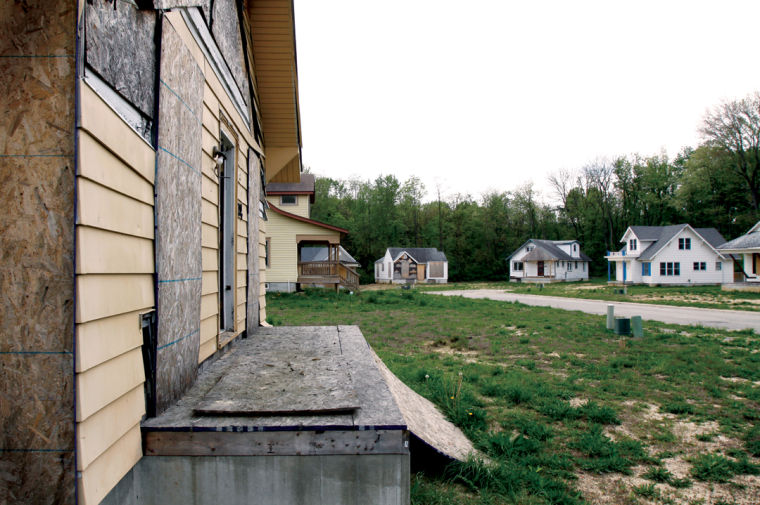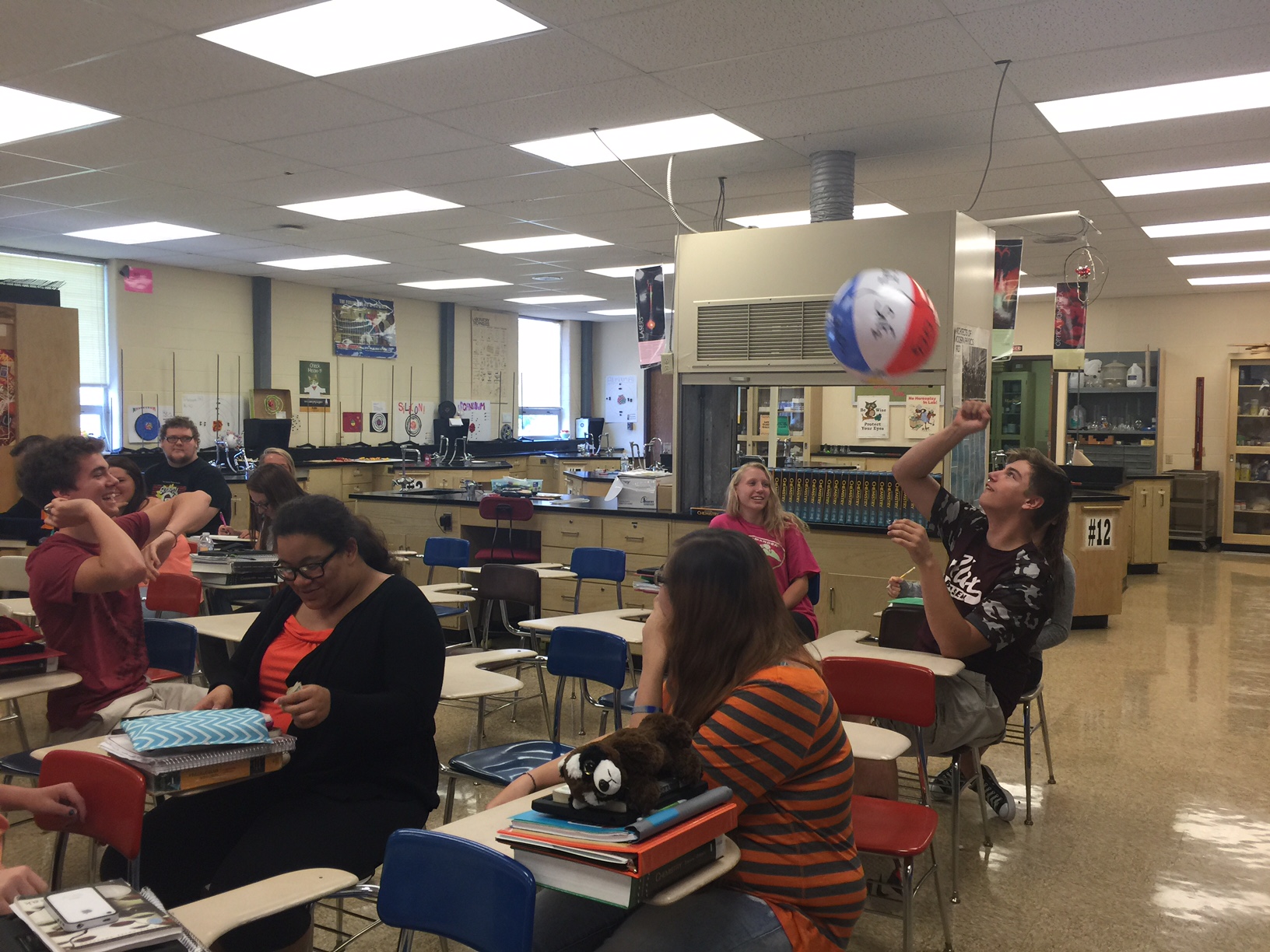Students complain that school isn’t relatable. Employers complain that we don’t generate problem solvers. Problem Based Learning answers the complexities of both of these issues in one fell swoop, all the while being aligned to state curriculum standards.
Alexandria received a grant of $335,000 from the state of Indiana as part of the Hardest Hit Fund Blight Elimination Program to help with the demolition of eyesore properties around town. The question remains: was this a good deal for the city? A slideshow outlining the entire project may be viewed at: https://www.emaze.com/@AFRWRLTW/razed-and-rising


